Scientists at the European x-ray free-electron laser facility in Germany have created a solid gold hydride by compressing gold with hydrocarbons at pressures above 40GPa and heating it with ultrafast x-ray pulses above 2000K. The extreme conditions allow hydrogen atoms to occupy gaps in a hexagonal close-packed gold lattice, forming a compound that exists only at high temperatures and reverts to ordinary gold upon cooling.
This hydride forms near gold’s melting point. Computer simulations confirmed its structure, showing disordered hydrogen throughout the lattice and diffusing rapidly in a superionic fashion. The gold–hydrogen bonds have an unusually covalent nature for a metal–hydrogen interaction due to gold’s high electronegativity.
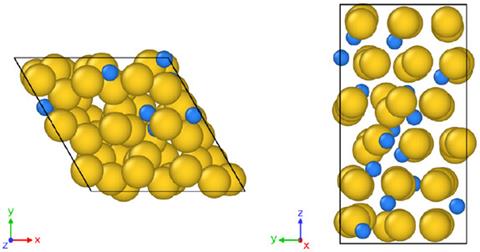
The compound is stable only at extreme temperatures, suggesting it forms through an entropy-driven reaction. On cooling, it reverts to ordinary face-centred cubic gold and molecular hydrogen. That explains why previous attempts to find gold hydrides had failed because the compound vanishes before it can be recovered under ambient conditions.
The discovery pushes chemists to rethink how chemically inert gold really is and raises questions about whether other ‘inert’ systems might have unexpected chemistry at extreme pressures and temperatures.
References
M Frost et al, Angew. Chem., Int. Ed., 2025, 64, e202505811 (DOI: 10.1002/anie.202505811)





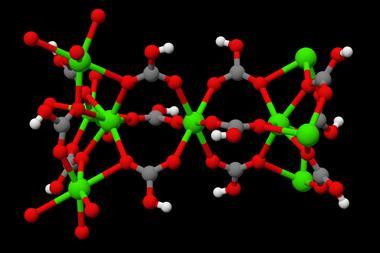
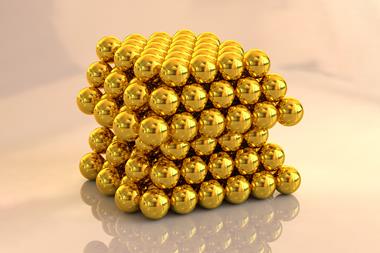
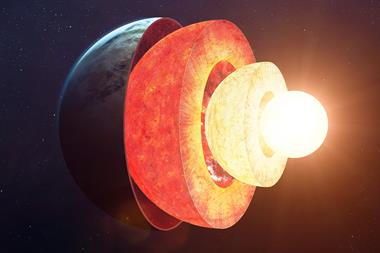
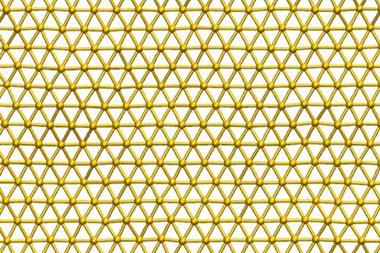
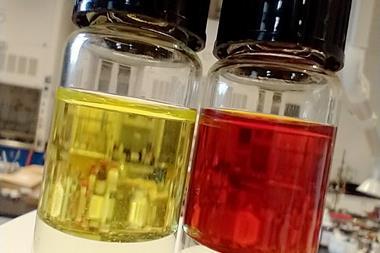
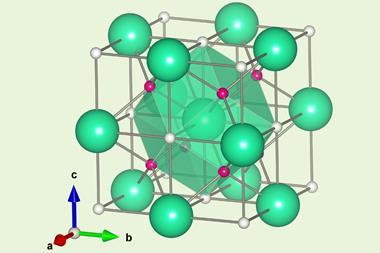
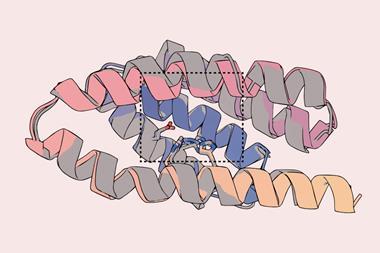

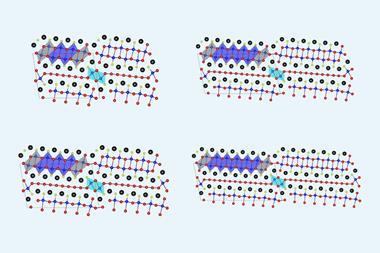
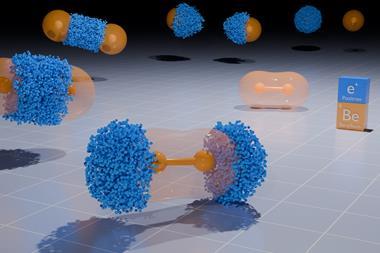

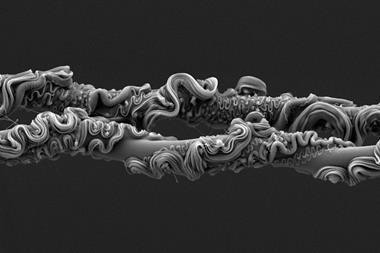
No comments yet